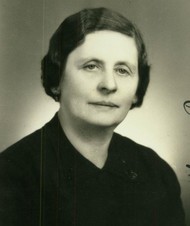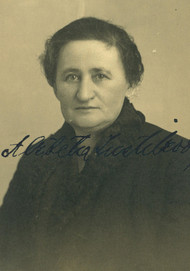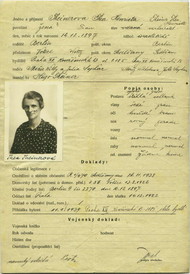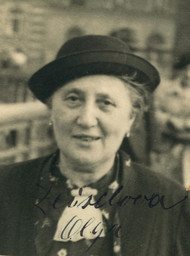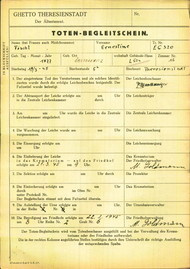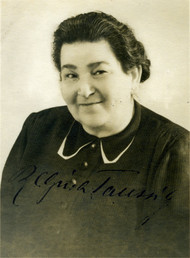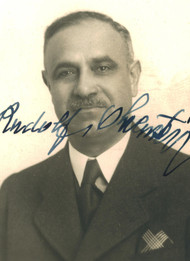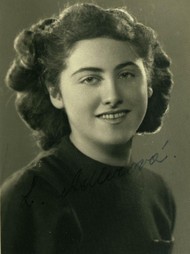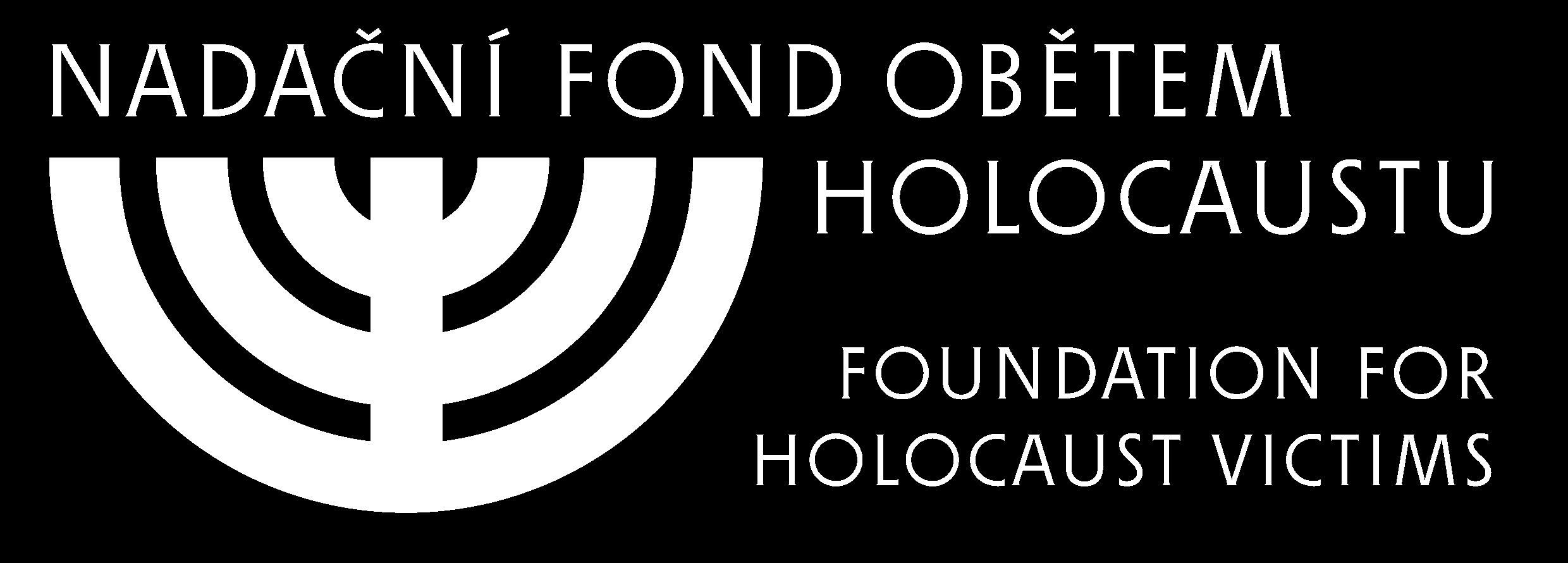In connection with the decree on combating the gypsy plague
, the Protectorate‘s Gypsy Camp I
was established in Lety u
Písku and Gypsy Camp II
in Hodonín u Kunštátu in the beginning of August, 1942. In these newly established concentration
camps, first and foremost were to be interned people who met the conditions for the imposition of preventive police detention.1
Officially, gypsies and gypsy half-breeds who are not in permanent and productive work, along with all family members
, were
to be imprisoned.2 However, even people who had a job could be deported when the labor office decided that it had no objections
to their deportation.3 As part of the census, local police officers preliminarily identified 5,860 of the 11,886 people registered
as racial gypsies
or half-breeds
throughout the Protectorate.4 Of these, more than 1,300 people were imprisoned in the
Gypsy Camp I Lety u Písku
, almost 1,400 were imprisoned in the Gypsy Camp II Hodonín u Kunštátu
.5
Unlike the previous disciplinary work and detention camps operating in the same places, the conditions of imprisonment in
the Gypsy camps
were significantly worse and, in addition, those camps operated as waiting rooms
for the deportation to
the Auschwitz concentration or extermination camp. Indefinitely interned at the Gypsy camps
were not only healthy adult men,
but also women and children, the ill and the elderly.
Of the total number of approximately 2,700 prisoners imprisoned in the gypsy camps
Lety u Písku and Hodonín u Kunštátu,
several hundred died during their internment as a result of catastrophic living conditions, some were transported to the Auschwitz
I concentration camp as so-called asocials
and a small group was released from the camps but still subject to repressive
measures. The biggest group of prisoners of the gypsy camps
in the Protectorate was labeled as gypsies
and deported to the
gypsy camp
within the Auschwitz-Birkenau concentration camp, where most of them perished.6
Next chapter: Deportations to Auschwitz


